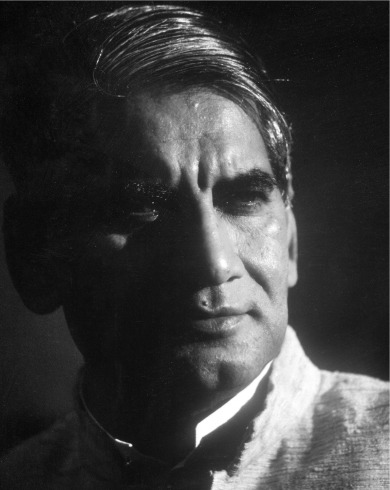
Charles Mark Correa, né le 1er septembre 1930 à Secunderabad, en Inde, a remporté la médaille d’or de l’UIA en 1990. Architecte et urbaniste qui a dirigé le mouvement architectural moderniste de l’Inde après l’indépendance, il a commencé ses études supérieures au St. Xavier’s College de Mumbai, puis a poursuivi ses études d’architecture à l’Université du Michigan (1949-53) et au Massachusetts Institute of Technology (1953-55).
Il établit son propre cabinet professionnel à Mumbai en 1958 et réalise ses premiers projets importants, le Mahatma Gandhi Memorial à Ahmedabad (1958-1963), puis l’Assemblée législative du Madhya Pradesh à Bhopal (1967). Parmi ses bâtiments remarquables, citons les appartements Sonmarg à Mumbai (1961-1966), le National Crafts Museum à Delhi (1975-1990), qui comprend des cours ouvertes qu’il qualifiait de « pièces ouvertes sur le ciel ». En dehors de l’Inde, il a notamment réalisé le McGovern Institute for Brain Research du MIT (2005), le Ismaili Centre de Toronto, au Canada (2014) et le Champalimaud Foundation Centre de Lisbonne, au Portugal (2011).
En tant qu’architecte en chef de Bombay (1970-1975), il a fondé l’Institut de recherche sur le design urbain à Bombay, qui se consacre à l’amélioration de la qualité de vie des communautés urbaines, et a été nommé président de la Commission nationale sur l’urbanisation par le Premier ministre indien Rajiv Gandhi. Célèbre pour sa sensibilité aux besoins des citadins pauvres, pour son inspiration de l’architecture vernaculaire indienne et pour son adoption des méthodes et matériaux de construction traditionnels, Correa a consacré les quarante dernières années de sa vie aux questions urbaines et aux logements à faible coût dans les pays en développement.
Membre honoraire de l’Académie américaine des arts et des lettres et de l’Institut américain des architectes, il a été le premier Indien à recevoir la médaille d’or du Royal Institute of British Architects, le Praemium Imperiale du Japon et le prix Aga Khan d’architecture en 1998. En 2006, le président indien lui a décerné le Padma Vibhushan (la deuxième plus haute distinction civile de l’Inde). En 2011, son État natal de Goa lui a décerné sa plus haute distinction civile, le Gomant Vibhushan (à l’occasion du 50e anniversaire de l’indépendance de l’État) et en 2013, le Royal Institute of British Architects a organisé une exposition sur son œuvre intitulée « Le plus grand architecte de l’Inde. »
Il est décédé le 16 juin 2015 à Mumbai.